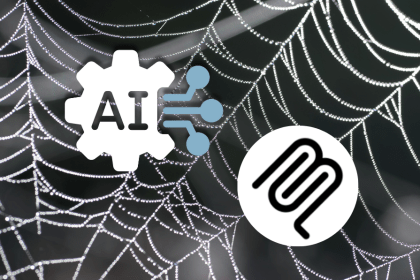
Learn how React Router’s Middleware API fixes leaky redirects and redundant data fetching in protected routes.

Great modals respect user intent. Bad ones hijack it. This guide covers when to use modals, how to make them user-friendly, and what to use instead.

A developer’s retrospective on creating an AI video transcription agent with Mastra, an open-source TypeScript framework for building AI agents.

Learn how TanStack DB transactions ensure data consistency on the frontend with atomic updates, rollbacks, and optimistic UI in a simple order manager app.

Move fast, but not recklessly. Learn how to run ethical product experiments that protect users, build trust, and maintain speed.

useEffect mistakes, speculation API, and moreDiscover what’s new in The Replay, LogRocket’s newsletter for dev and engineering leaders, in the November 12th issue.

The design-to-code era is evolving fast. With Figma’s new MCP server, designers can hand off files directly to AI coding tools for near pixel-perfect results. Here’s how to structure your Figma files for the MCP-powered future.

MCP is the bridge between AI and the open web — giving intelligent agents the ability to act, not just talk. Here’s how this open protocol transforms development, business models, and the future of software itself.

Learn why AI native products break classic SaaS GTM rules and how to grow through distribution, fast learning, and built in social sharing.

AI agents can now log in, act, and access data, but have you truly authorized them? This guide walks through how to secure your autonomous agents using Auth0’s Auth for GenAI, covering token vaults, human-in-the-loop approvals, and fine-grained access control.

A hands-on guide to building an FTC-ready chatbot: real age checks, crisis redirects, parental consent, audit logs, and usage limits – designed to protect minors and prevent harm.

CSS text-wrap: balance vs. text-wrap: prettyCompare and contrast two CSS components, text-wrap: balance and text-wrap: pretty, and discuss their benefits for better UX.